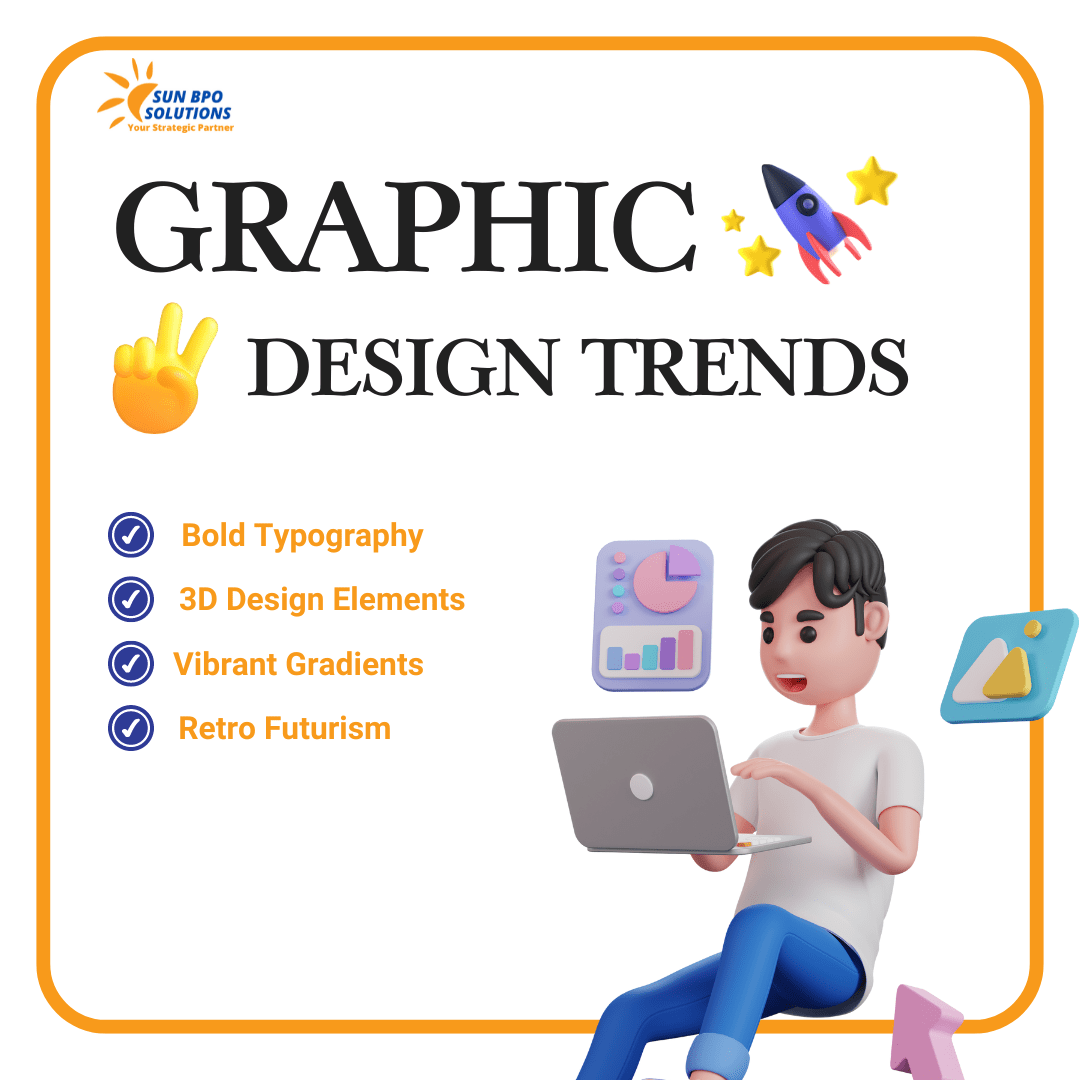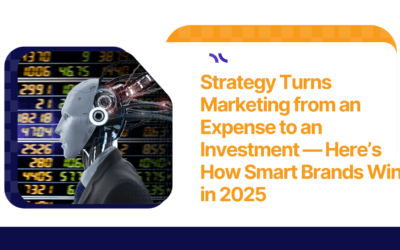Table of Contents
Introduction
In 2025, AI design tools like Canva, Figma, and Midjourney are revolutionizing how digital creativity works. Once, crafting professional visuals required deep expertise and expensive software. Today, AI-powered design tools have democratized access — empowering everyone from entrepreneurs to marketers to create compelling visuals instantly.
But the question remains: Are human designers being replaced by technology? Or are these advanced graphic design tools simply pushing creativity into a new, intelligent era? Let’s explore how automation, innovation, and artistry now coexist in the world of design.
The AI Design Revolution: Accessibility Meets Innovation
The boom in AI graphic design tools has made creativity faster and more accessible than ever. Platforms like Canva graphic design tools and Figma help users design with ease, while Midjourney brings imagination to life using AI-driven prompts.
These AI-powered design tools have turned ordinary users into creators — allowing startups, social media managers, and small businesses to produce professional-grade content without hiring dedicated designers.
Key takeaway: AI has removed entry barriers, but human creativity and intuition still define design excellence.

How Canva, Figma & Midjourney Are Redefining Creative Workflows
Each of these graphic design tools plays a unique yet complementary role in modern creative processes:
- Canva: Known for user-friendly Canva graphic design tools, it helps non-designers create visuals effortlessly with AI templates and brand kits.
- Figma: Offers real-time design collaboration and AI prototyping, revolutionizing UX/UI workflows.
- Midjourney: Generates jaw-dropping visuals through AI design prompts, transforming text ideas into vibrant imagery.
Together, these AI design tools have created a design ecosystem that merges creativity, data, and efficiency..
Key Skills Designers Need to Thrive in the AI Era
✅Understanding client goals and aligning design to business outcomes.
✅Learning to guide AI-powered design tools like Midjourney for desired results.
✅Knowing when AI output works — and when it doesn’t.
✅Using performance metrics to refine graphic design tools outcomes.
✅Working effectively with developers, marketers, and AI systems.
In essence: The most valuable designers aren’t the ones who compete with AI — they’re the ones who use AI to amplify creativity.
SEO-Performance Breakdown
Benefits of Using AI-Powered Design Tools
The impact of AI-powered design tools extends beyond convenience. Here’s how they’re changing the creative industry:
✅ Speed: Designs that once took hours can now be completed in minutes.
✅ Cost Efficiency: Reduces the need for large design teams for repetitive work.
✅ Innovation: AI design tools inspire fresh ideas through intelligent suggestions.
✅ Brand Consistency: Automated templates ensure visual uniformity across platforms.
For professional designers, these tools act as creative assistants — helping them focus on strategy, storytelling, and user experience instead of routine tasks.
The Limitations: Why Human Designers Still Matter
Despite the rise of AI graphic design tools, human emotion remains irreplaceable. While machines can replicate patterns, they lack empathy, cultural understanding, and storytelling depth.
A Midjourney visual might be technically perfect, but it can’t interpret emotional tones or brand personality the way a human can. Likewise, Canva graphic design tools can’t replace the instinct and adaptability of seasoned designers.
Bottom line: AI assists creativity — it doesn’t own it.with fewer direct clicks.
The Future of Design: Collaboration Over Competition
The future of design isn’t about man vs. machine — it’s about collaboration. AI design tools handle repetitive, technical tasks, while designers bring emotional intelligence, strategy, and storytelling.
Think of AI-powered design tools as partners — amplifying creative potential rather than replacing it. Just as photography didn’t eliminate painting, AI won’t kill design — it’s simply changing how ideas take shape.ent.
Final Thoughts
The rise of AI-powered design tools like Canva, Figma, and Midjourney marks a new chapter in digital creativity — one where technology amplifies human imagination instead of replacing it. While AI brings speed, consistency, and accessibility, it’s the human touch that gives design its soul — emotion, empathy, and originality.
Designers who learn to collaborate with AI rather than compete against it will lead the next creative revolution. The future isn’t about “man vs. machine” — it’s about humans and AI designing together to create experiences that truly inspire.
Boost your digital growth with next-gen creative and marketing solutions — contact us today to transform your brand vision into reality!
Claim your free digital marketing audit.
Stay updated with SunBPO Solutions for the latest trends, insights, and strategies to keep your business ahead of the curve!
Frequently Asked Questions (FAQs)
Are AI design tools replacing human designers?
No — they’re enhancing them. AI speeds up workflows but can’t replicate emotion, strategy, or storytelling.
What are the best AI-powered design tools in 2025?
Some top picks include Canva graphic design tools, Figma, Midjourney, and Adobe Firefly.
How can designers stay relevant with the rise of AI?
By mastering AI design tools and focusing on creative direction, brand identity, and user experience strategy.





0 Comments